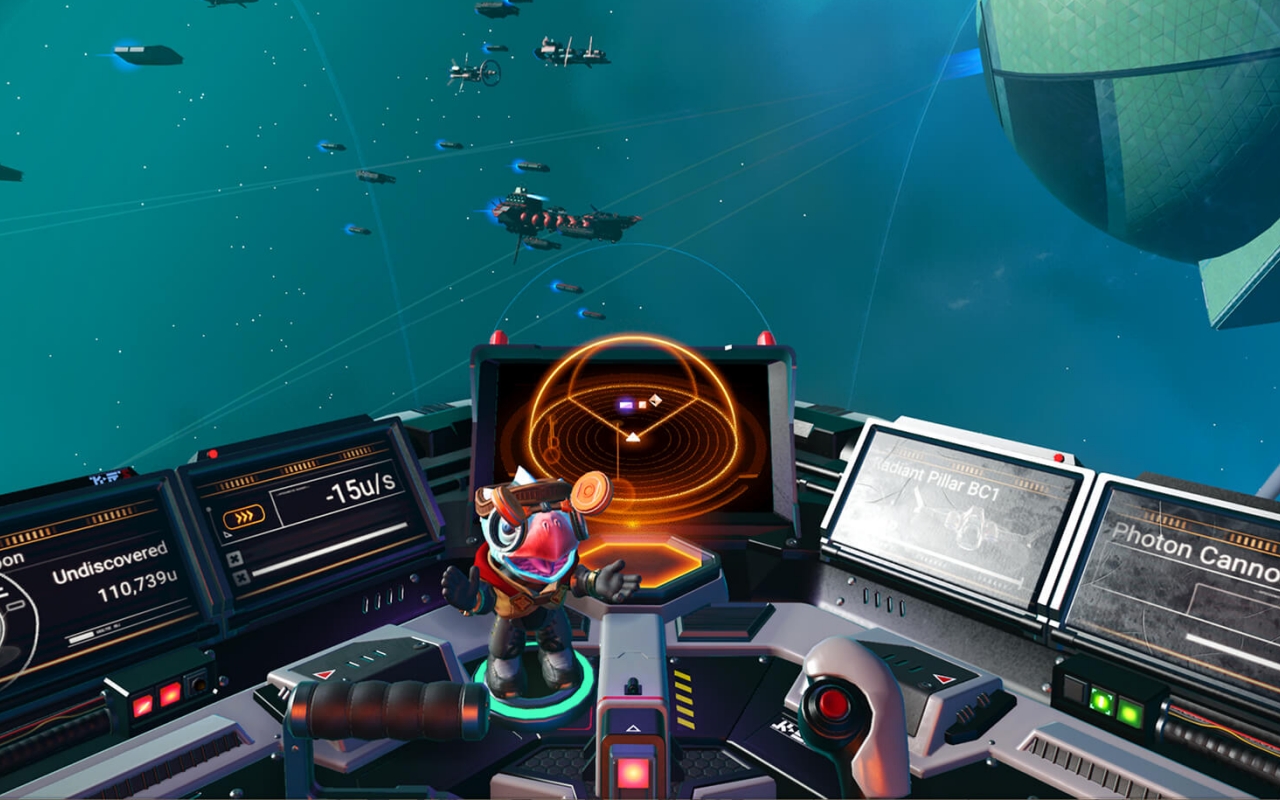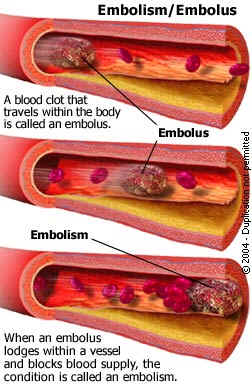

No vessel meaning how to#
I figured out how to switch from google search to board only search, so I will be able to do more specific topic research now before asking a question that has been asked many times, and sometimes is a subject of controversy. If I need to deviate from normal stand on / give way procedures to avoid a collision I am happy to do so. The better I understand the rules, the better I will be able to operate my vessel safely. My ultimate goal is to become a safe and courteous sailor. If it is already idling, I will gladly follow motoring rules as I put it in gear and get the heck out of the way. I don't even want to think about a barge coming down the river towards me when the wind dies, and trying to decide if I should crank the engine longer and hope it starts, or diving off the boat and swimming for my life.

As someone who has been sailing in risky locations I fully understand running a engine at idle as a safety precaution. You can open your throttle as much as you want on a running engine but if it isn't in gear, you have 0% mechanical propulsion through the water. It seems under the definition the way I read them, that would be the case. Given that other boats will have to assume you are under power if they can perceive your engine is running, I bet the courts would not accept this 'out of gear' argument.Ĭlick to expand. Since the colregs require everyone to take appropriate action to avoid collisions (there is no "right of way", for example), it means no one is devoid or responsibility. There's no way for other boaters to see if your transmission is in gear, so as a matter of practical application, if your engine is on, the most reasonable assumption for others is that you are under power. Point is, other boats can see signs that you are running an engine, and will then have to assume you are a power-driven vessel. Of course, this latter tool is virtually unheard of in North America (at least in my experience). This, btw, is why the colregs also require boats to fly both night and day signals to indicate the state of their propulsion. If I see a sailboat with sails up, but moving in a way that sails cannot account for, or I can see the engine water exhaust coming out, I assume it is a power-driven vessel. If I see a sailboat underway without sails up, I too assume it is a power-driven vessel. If I see a powerboat, I can only assume they are a power-driven vessel, which comes with different colreg demands for me. This also comes with different colreg requirements.īoaters observe others and make determinations based on what they can see. But then that would make a powerboat that is likewise running their engine, but is out of gear, a boat adrift. I agree that technically without the transmission in gear, you are not a power-driven vessel. Is there a known place to refference the latest version? Here is a copy of the Colregs I found online. Is this a topic that is a heavy debate, or is it a settled question? I just want to know how to safely operate the vessel, and confusion over who should have priority when you meet might be a contributing factor in a possible collision.

I have conflicting information from 2 different instructors. I asked in my current boating class, and the instructor who is suppose to be knowledgeable in sailing told me "if the motor is running, you are a power boat". Some sailboats will start the motor to make sure it will start and run but leave it in neutral "just in case" they need to get out of the way of one of these huge barges and the wind dies. We have a river where barges travel and they have priority over sailboats due to "vessel restricted in her ability to manoeuvre". I figure if the prop isn't turning and being used to "propel" the vessel, then it is still considered a sailboat. The term "power-driven vessel" means any vessel propelled by machinery." I looked it up under Colregs and under Rule 3 section b, it reads: is it now considered a vessel under power, or a sailboat? I also understand you self identify by the lights you turn on to let other vessels know if you are powered or under sail. I realize safety can dictate breaking rules to avoid a collision, but under normal circumstances if a sailboat is sailing and turns on the engine but leaves the transmission in neutral for safety, charging batteries, running the water maker, etc. When sailing in my 101 course the topic of rules of the road for powered vessels vs sailing vessels was discussed. I took a sailing 101 course last year and am taking a local course now on general boating as a refresher. Although I have wanted to get into sailing for decades, this is the year I am going to try to make it happen.


 0 kommentar(er)
0 kommentar(er)
